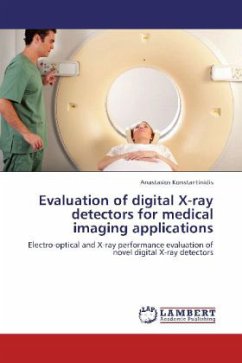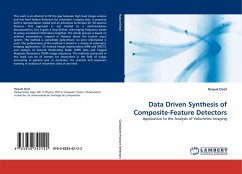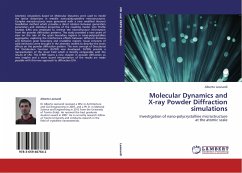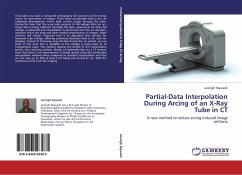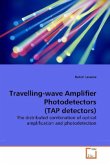Digital x-ray detectors have been accepted into clinical practice over the past decade but there are still ongoing developments in the technology. Complementary metal oxide semiconductor (CMOS) active pixel sensors (APS) are a novel digital technology that offers advantages compared to more established approaches (such as charge-coupled devices (CCD), thin film transistor arrays (TFT) and CMOS passive pixel sensors (PPS)). This book looks at the performance of these new sensors and attempts to identify their role in future medical imaging applications. Standard electro-optical and x-ray performance evaluations of two novel CMOS APS, namely the Large Area Sensor (LAS) and Dexela CMOS x-ray detector, are presented. The performance of these detectors was compared to three commercial systems (Remote RadEye HR (CMOS APS), Hamamatsu C9732DK (CMOS PPS) and Anrad SMAM (a-Se TFT)) at beam qualities (28 kV for mammography and 52 kV and 74 kV for general radiography) based on the IEC standards. Both the LAS and Dexela CMOS detectors demonstrate enhanced performance. Finally, image simulation based on the measured data was used to establish possible areas of application for the new sensors.
Bitte wählen Sie Ihr Anliegen aus.
Rechnungen
Retourenschein anfordern
Bestellstatus
Storno

